The Rotational Molding manufacturing process utilizes a number of petroleum based materials, namely Polyethylene (Linear Low Density Polyethylene, High Density Polyethylene, Cross Link Polyethylene), Polypropylene, Nylon, PVC, Vinyl, Polycarbonate and some other less processed materials.
All polyethylene based materials are made from commodity based petroleum feedstocks also known as hydrocarbons. Both the feedstocks and polyethylene are composed of only hydrogen and carbon (hydrocarbon). In North America, the feedstock to produce polyethylene for rotomolding is typically natural gas. Where as in other parts of the world, Oil is still being used as the feedstock to produce polyethylene.

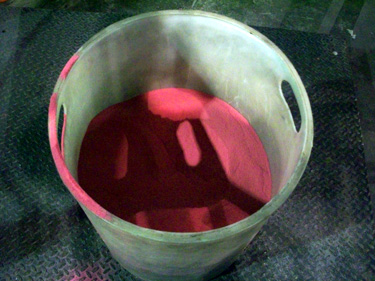

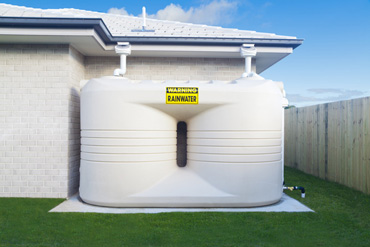

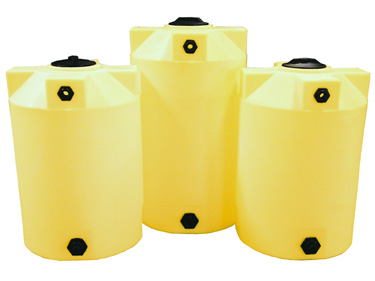

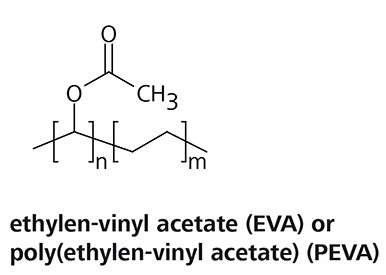

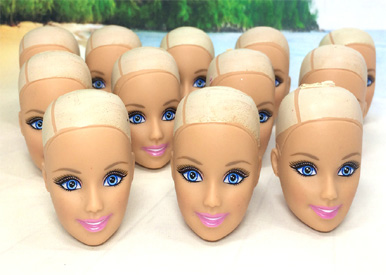


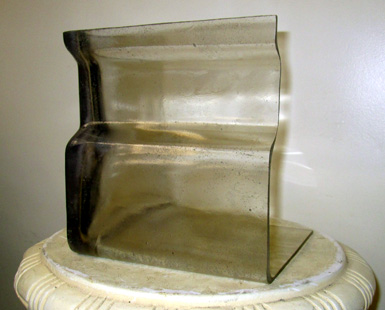
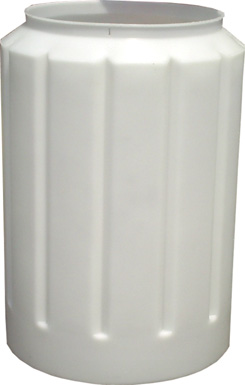
Polyethylene (PE) is a thermoplastic material that is part of the polyolefin polymer family. It is grouped according to its density as indicated in the following abbrevations LLDPE (Linear Low Density Polyethylene), HDPE (High Density Polyethylene), MDPE (Medium Density Polyethylene), LDPE (Low Density Polyethylene), XLPE (Cross Link Polyethylene), etc.
Linear low density polyethylene has medium stiffness properties, is extremely durable, easy to rotationally mold and offers excellent chemical and environmental stress crack resistance abilities. It is necessary to be pulverized to powder form for the rotational moldig process. Commonly processed with UV stabilization additives and AO packages, LLDPE can also feature anti-microbial additives, FDA approved grades for food and medical contact and more. LLDPE applications include rotationally molded furniture, chemical tanks, industrial tanks, agricultural tanks, shipping containers, plastic pallets, toys, tornado shelters, secondary containment, drainage products, playground equipment and more!
High density polyethylene offers the stiffest properties of all of the differeent grades of polyethylenes. Like all other polyethylene materials, HDPE has excellent resistance to a wide array of chemicals and solvents. It features great processing ability for the rotational molding process. Like LLDPE, HDPE must be pulverized to a powder form for it to be processed. It is commonly processed with UV stabilizer additives and AO packages. Commonly used in FDA/USDA approved food grade applications. Common applications for HDPE in rotationally molded products include wall barriers, chemical tanks, agricultural tanks, Cargo Containers, dock floats and more!
Low density polyethylene was the first grade of polyethylene developed by Imperial Chemical industries in 1933. Like all PE grades, LDPE is commonly recycled. Some reports show that in the last decade, world-wide LDPE consumption has exceeded a volume of 23 billion US-Dollars. LDPE has a lower tensile strength and lower density than HDPE materials. LDPE generally offers a density in the range of .910-.940 g/cm³.
Cross-Linked Polyethylene contains a cross-linking agent which reacts with the material during the rotomolding process, forming a cross-linked molecule similar to a thermoset material. This reaction during the molding process drastically improves the toughness, durability, environmental stress-crack resistance and tear resistance. Applications for XLPE include Fuel Cells, Chemical Tanks, Piping, Waste Management products and more. Due to the cross-linking process, products molded from XLPE are not recycleable.
Ethylene Vinyl Acetate is the copolymer of ethylene and vinyl acetate. The polymer is comprised of 10-40% vinyl acetate with the remaining composition of the polymer being ethylene. This polymer behaves similar to elastomeric materials in softness and flexibility, yet it is processed like other PE materials. It exhibits good barrier properties, stress crack resistance, ability to withsand low temperatures, hot melt adhesive water proof properties and resistance to UV. EVA is often comparable and competitive with rubber and vinyl products.
PVC compounds can be molded in both liquid and powder forms. The liquid form of the plastisols are fluid suspensions of very fine partical size resins in plasticizing liquids. PVC compounds are moderate in costs and are easily processed with the proper equipment and dispensing systems. The PVC compounds can be engineered to produce parts that range from flexible to semi-rigid durometer hardness ranges of 60 Shore A to 65 Shore D. Applications include teething rings, planters, dolls, toys, Dog Toys, novelty items and more.
Nylon comes in 2 different grades for rotomolding, Nylon 6 as well as Nylon 12. Nylon 6 displays outstanding tensile strength, rigidity and impact strength. Nylon exhibitis very high heat resistance so properties are maintained at raised temperature levels. It excels in chemical resistance. These properties make it a great candidate for fuel cells and other applications where temperature elevation and exposure to chemicals are necessary. Nevertheless, the costs of Nylon are realtively substantial if comparing aginst PE.
Nylon 12 has a much lower melting point compared to Nylon 6. It additionally shows mechanical properties less than Nylon 6 but easier to process than Nylon 6. It has excellent moisture absorbtion characteristics. Numerous applications for Nylon 6 as well as Nylon 12 consisting of Fuel Cells, heating and air ducts, Chemical Storage tanks and more!
Polycarbonate displays very strong physical properties including stiffness, tensile strength and creep resistance. Highest impact of all rigid plastics. Polycarbonate has very high heat resistance. If processed correctly, can be molded clear. Applications include light fixtures, snowmobile components, Air Craft Containers, shipping containers, etc.
PP displays physical properties that make it stiffer than PE. Polypropylene also has a higher heat distortion temperature, autoclavable, excellent chemical and environmental stress crack resistance. However, Polypropylene is extremely brittle and has very low impact properties currently. It is moderately expensive in comparison to PE. Currently many material suppliers are working on improvements to Polypropylene's impact properties. Polypropylene is commonly used to manufacture Food Industry products due to it's ability to be very resistant to abrasions.
with
us
Granger Plastics Company
1600 MADE Industrial Drive
Middletown, OH 45044 USA
Granger Plastics Company
1600 MADE Industrial Drive
Middletown, OH 45044